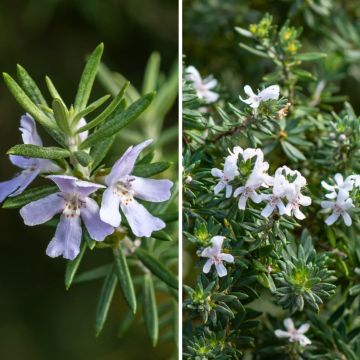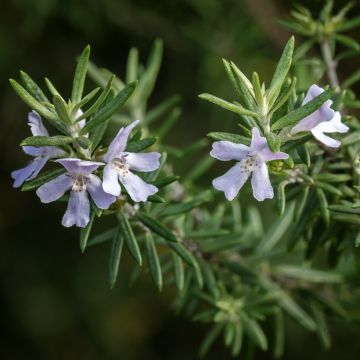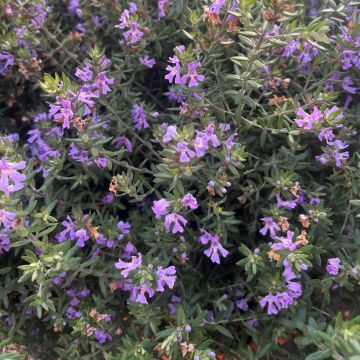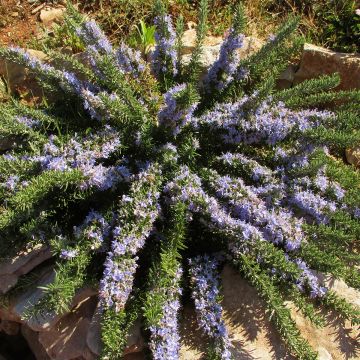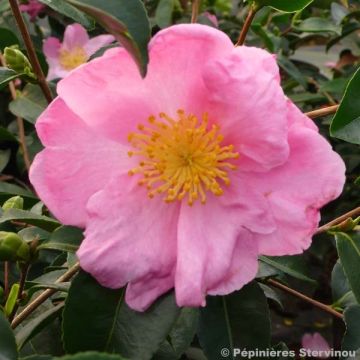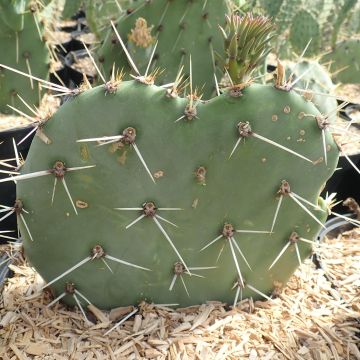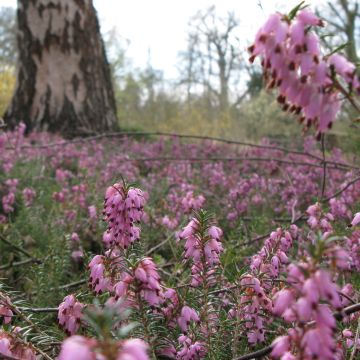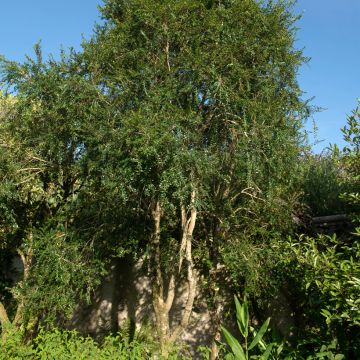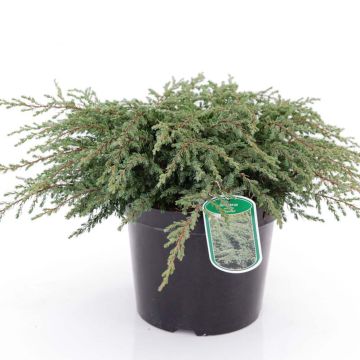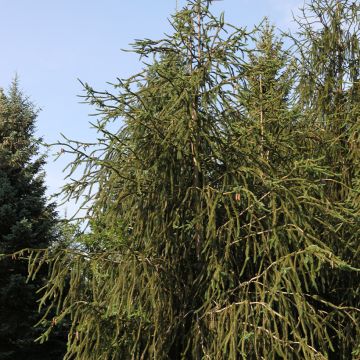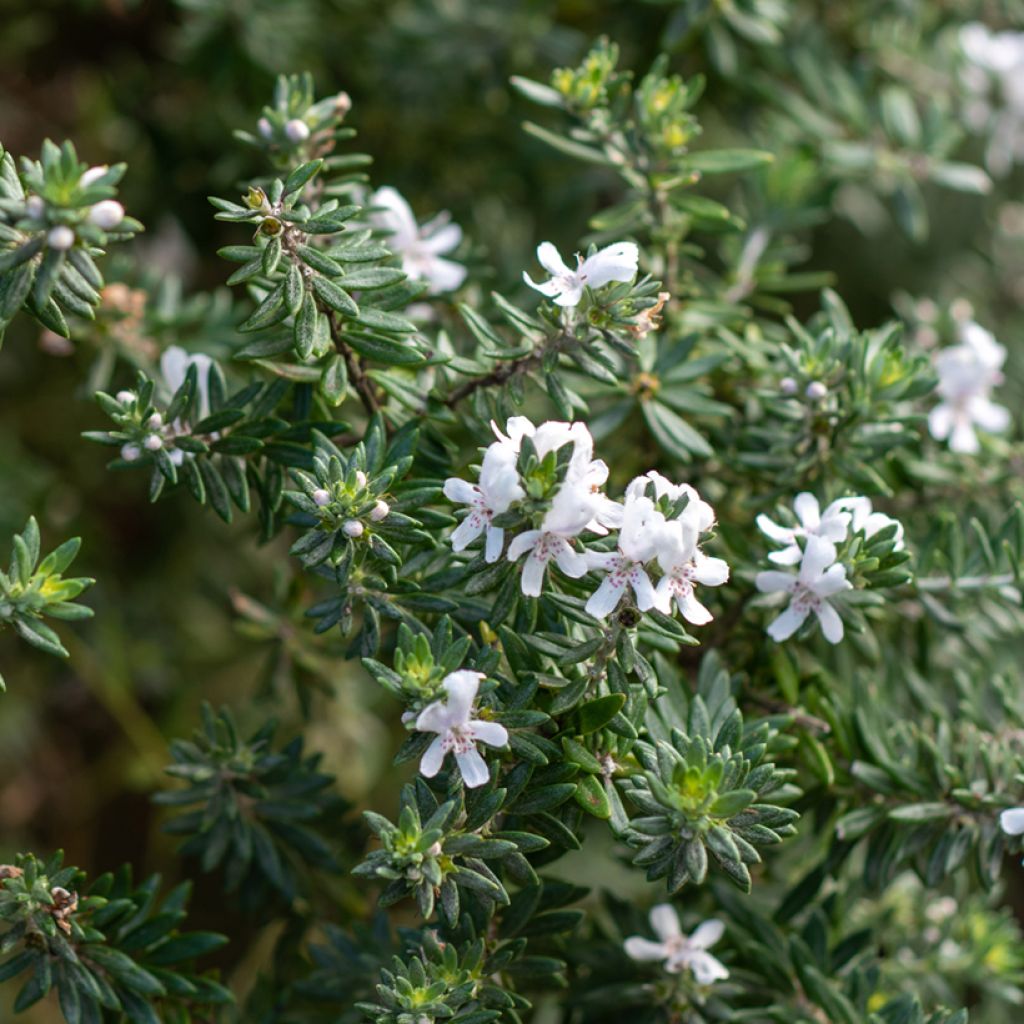

Westringia fruticosa White Rambler
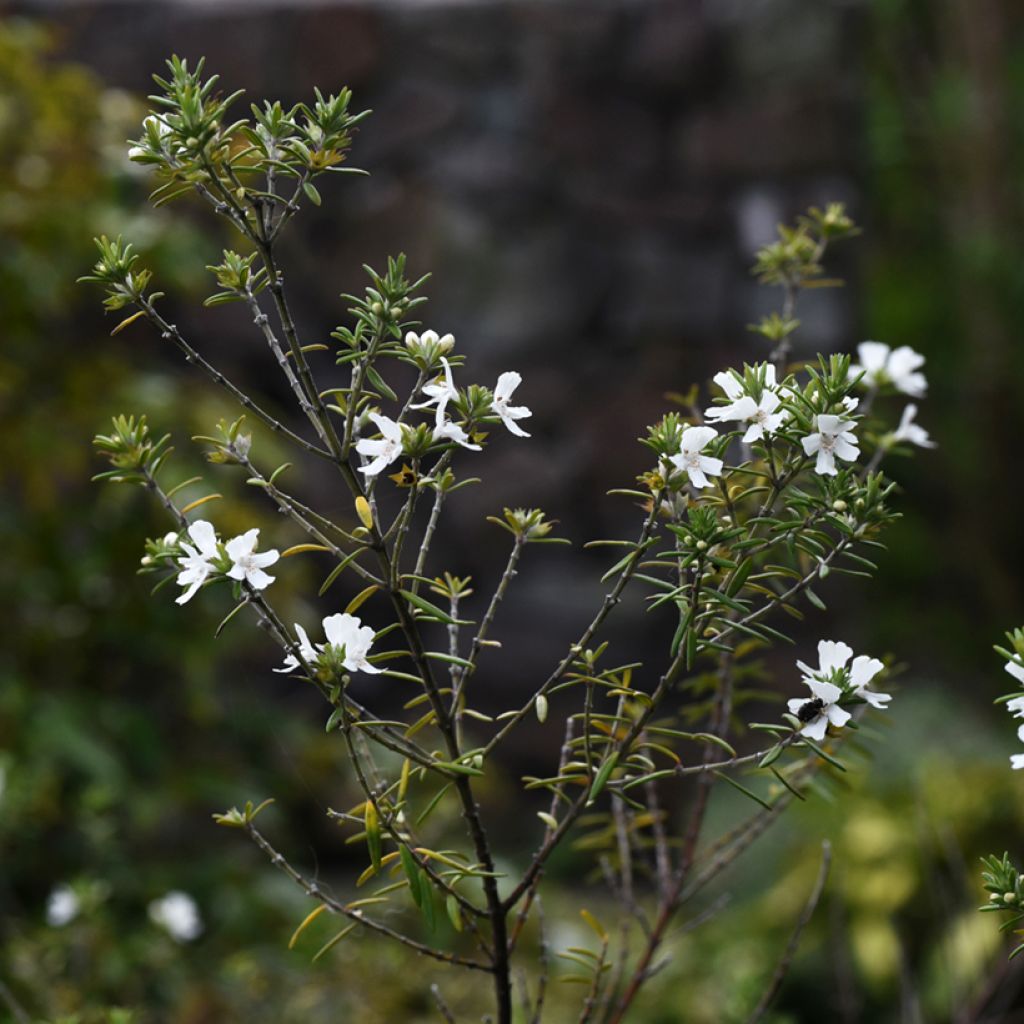

Westringia fruticosa White Rambler
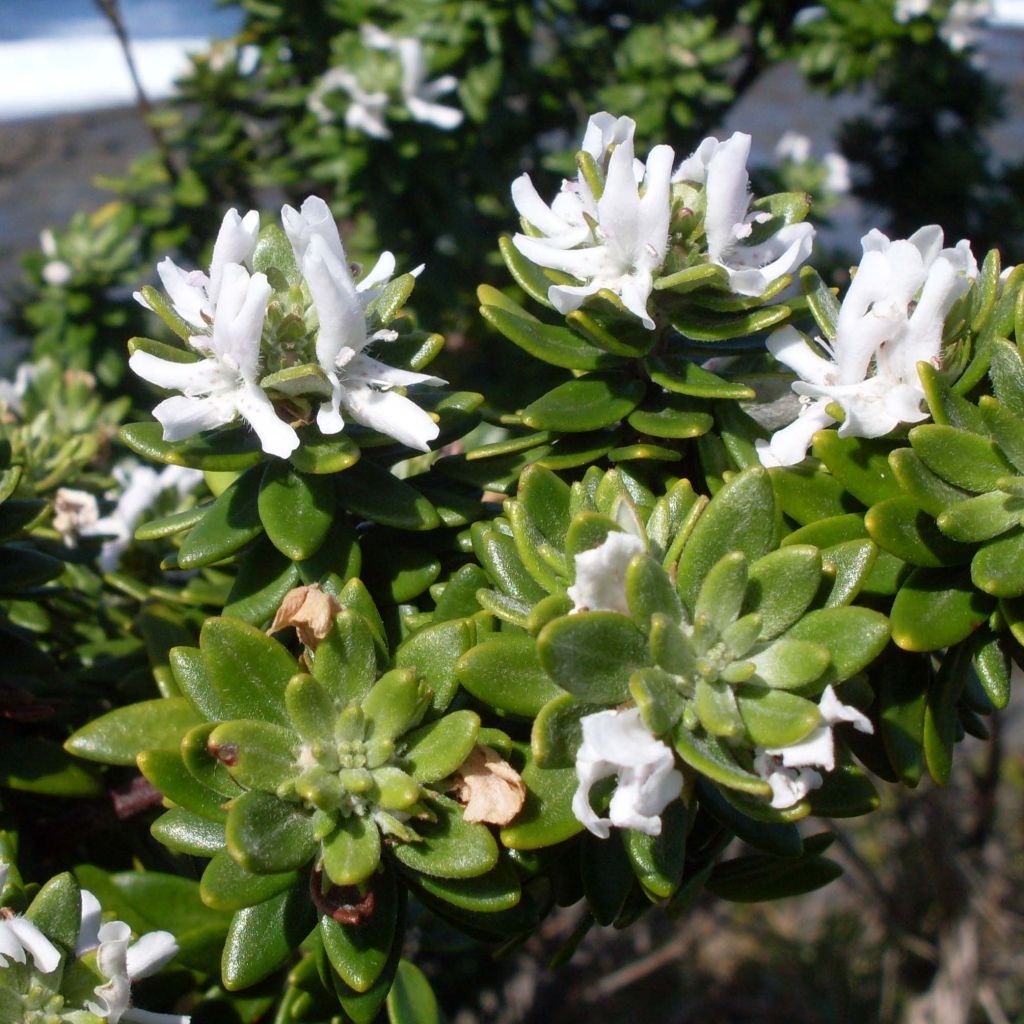

Westringia fruticosa White Rambler
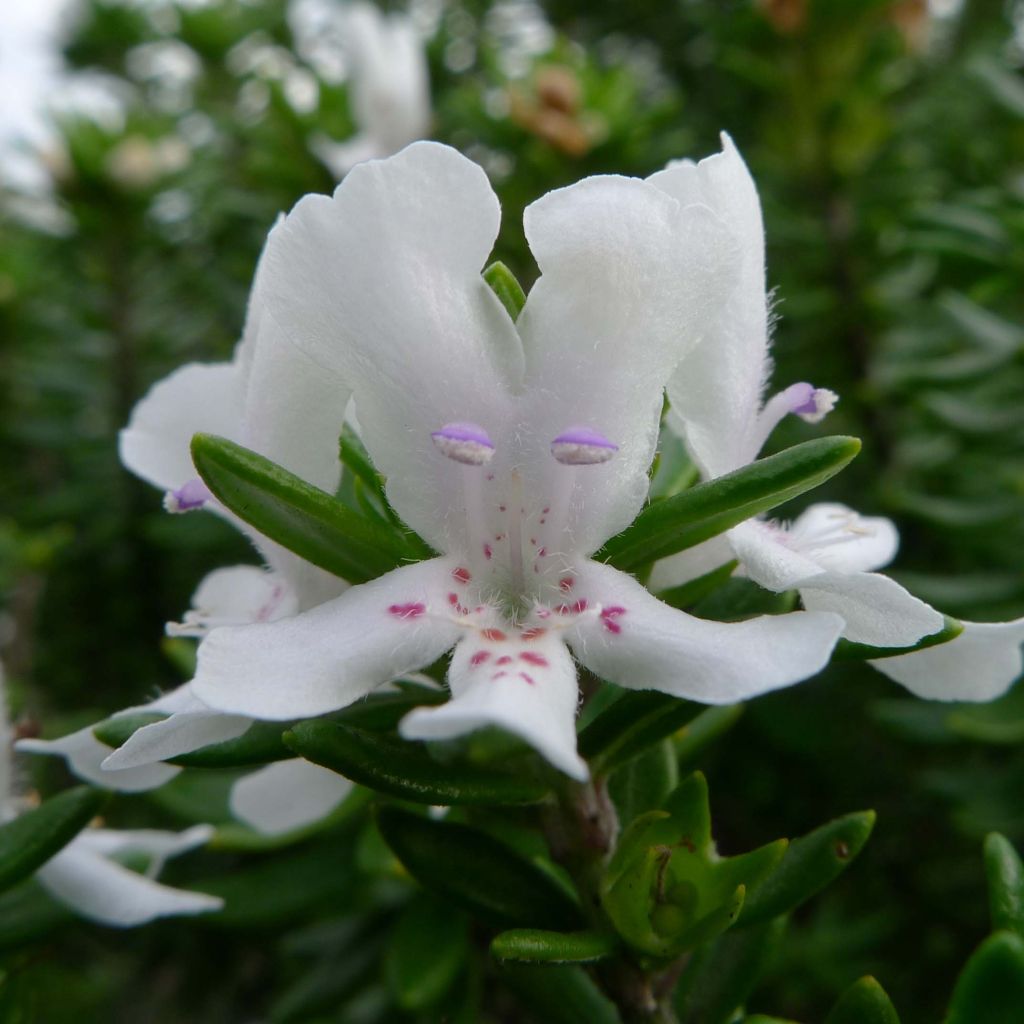

Westringia fruticosa White Rambler
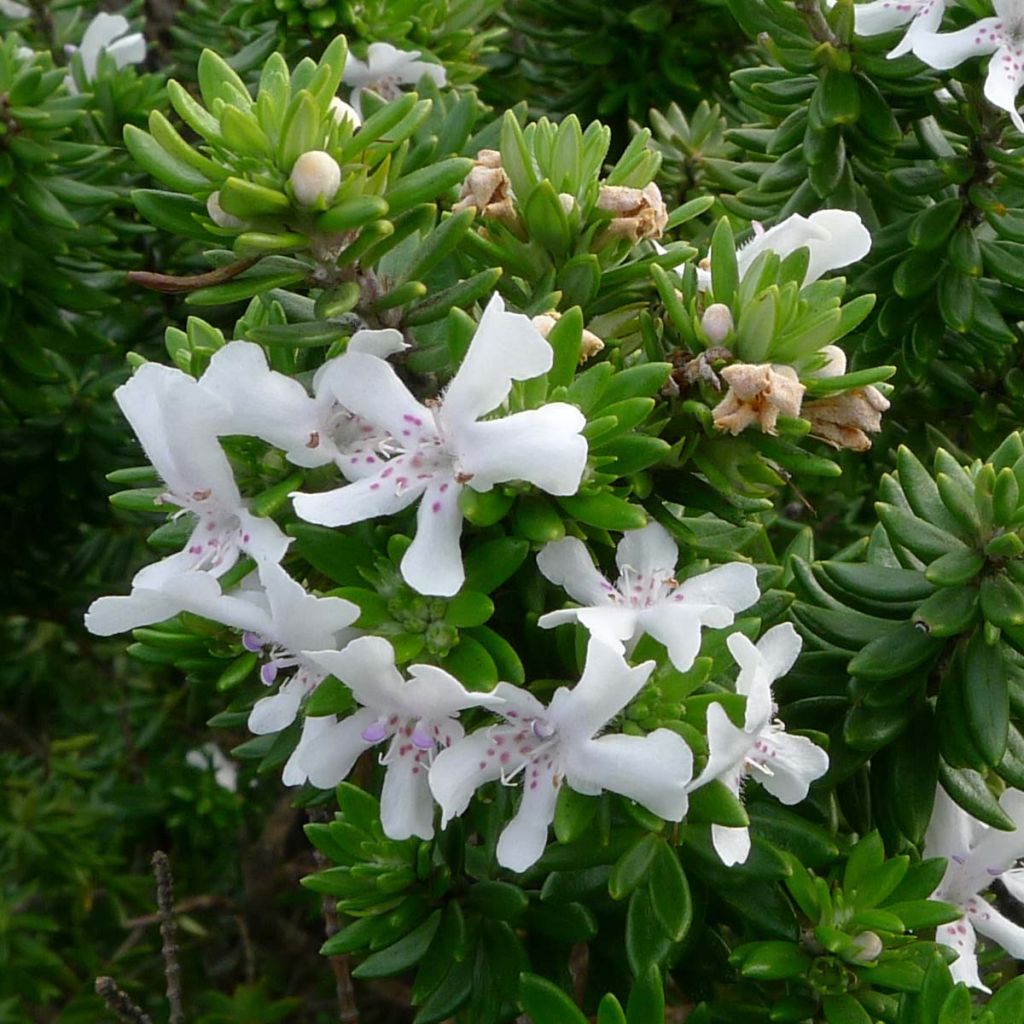

Westringia fruticosa White Rambler
Westringia fruticosa White Rambler
Westringia fruticosa Blanc
Coastal Rosemary, Australian Rosemary, Victorian Rosemary
Absolutely lovely. The habit is nice and dense with a deep green colour, providing a beautiful contrast in a flower bed. Planted in Nov 2019 in sandy and rocky soil. The young plant grows at a slower pace than its purple cousin.
Coubras, 13/03/2022
Special offer!
Receive a €20 voucher for any order over €90 (excluding delivery costs, credit notes, and plastic-free options)!
1- Add your favorite plants to your cart.
2- Once you have reached €90, confirm your order (you can even choose the delivery date!).
3- As soon as your order is shipped, you will receive an email containing your voucher code, valid for 3 months (90 days).
Your voucher is unique and can only be used once, for any order with a minimum value of €20, excluding delivery costs.
Can be combined with other current offers, non-divisible and non-refundable.
Home or relay delivery (depending on size and destination)
Schedule delivery date,
and select date in basket
This plant carries a 24 months recovery warranty
More information
We guarantee the quality of our plants for a full growing cycle, and will replace at our expense any plant that fails to recover under normal climatic and planting conditions.

Would this plant suit my garden?
Set up your Plantfit profile →
Description
Westringia fruticosa White Rambler is a more compact form of Australian Rosemary with pure white flowers. Just like common rosemary, this dense shrub with a very rounded habit belongs to the Lamiaceae family, also has evergreen leaves in acute green-grey needles with white undersides, and produces small bilabiate flowers. Its flowers are almost pure white, discreetly maculate with small mauve spots on the throat. Its flowering period is remarkably long: abundant in spring, more sporadic in summer and throughout the year in cool and moist soil. Slightly less hardy than common rosemary, it is best grown in the ground only in the mildest climates. However, it adapts very well to pot cultivation in cold regions, bringing a touch of Mediterranean to the terrace throughout the summer before being stored frost-free in winter.
Westringia fruticosa, formerly known as Westringia rosmariniformis, is native to eastern Australia, specifically the south of New South Wales. It is a plant that prefers well-drained and dry, slightly acidic soil, although it tolerates slightly calcareous soils. This shrub has a rounded, slightly spreading habit, supported by stiff square-sectioned branches. Its growth is fairly fast in moist soil. An adult specimen will reach an average of 1 m (3 ft) in all directions. Its evergreen foliage is composed of very narrow, needle-like leaves, measuring 1.5 to 2.5 cm (0.6 to 1 in) long. They are stiff, less leathery than rosemary leaves, and arranged in whorls of 3 to 5. They are dark green on the upper side and white-felted on the underside. Flowering takes place from May to September, especially in spring. The bilabiate flowers are solitary, opening in the leaf axils, at the terminal part of the branches. The flower diameter varies between 8 mm (0.3 in) and 1.5 cm (0.6 in).
Australian Rosemary is a discreetly elegant plant that is fairly easy to grow in mild climates: it is tolerant to soil type, resistant to drought, and not affected by salt spray. Its only enemy is the cold, which can cause it to disappear from -5 °C (23 °F) if the soil is not sufficiently well drained. This shrub is very floriferous and requires little maintenance, except for an annual pruning in late winter to maintain its compact and rounded habit. It forms beautiful hedges by the sea and pairs well with all kinds of shrubs from mild climates such as ceanothes, mimosas, oleanders, bottlebrush, leptospermum, melaleuca or grevillea. The choice is endless, and so it is all a matter of taste. Growing it in a container allows the shrub to overwinter in a cold greenhouse or a very bright and minimally heated conservatory in very cold regions.
Report an error about the product description
Westringia fruticosa White Rambler in pictures
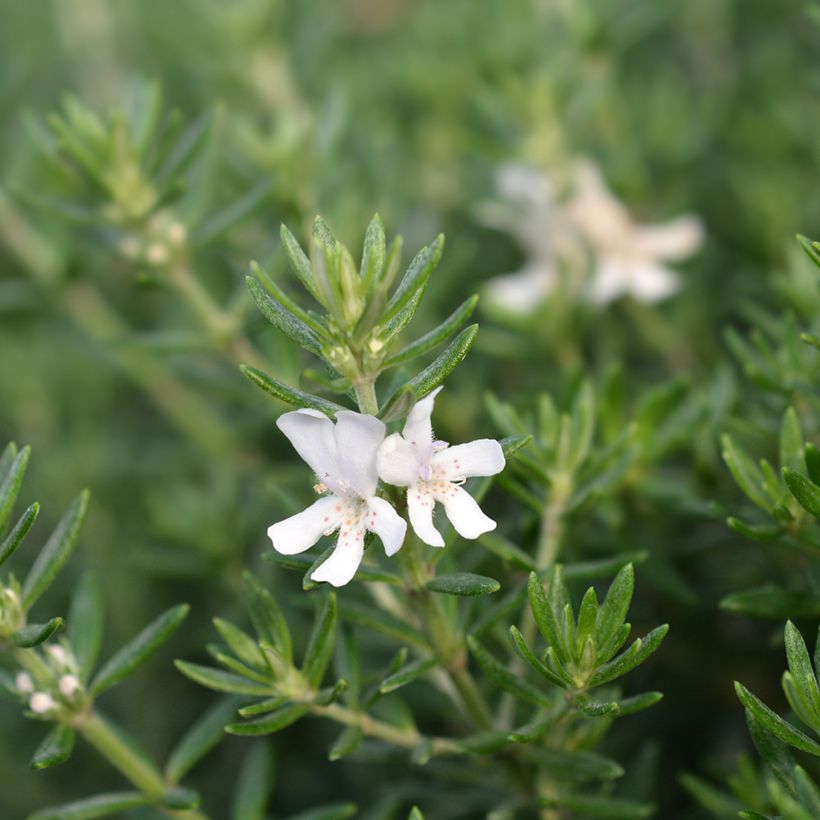

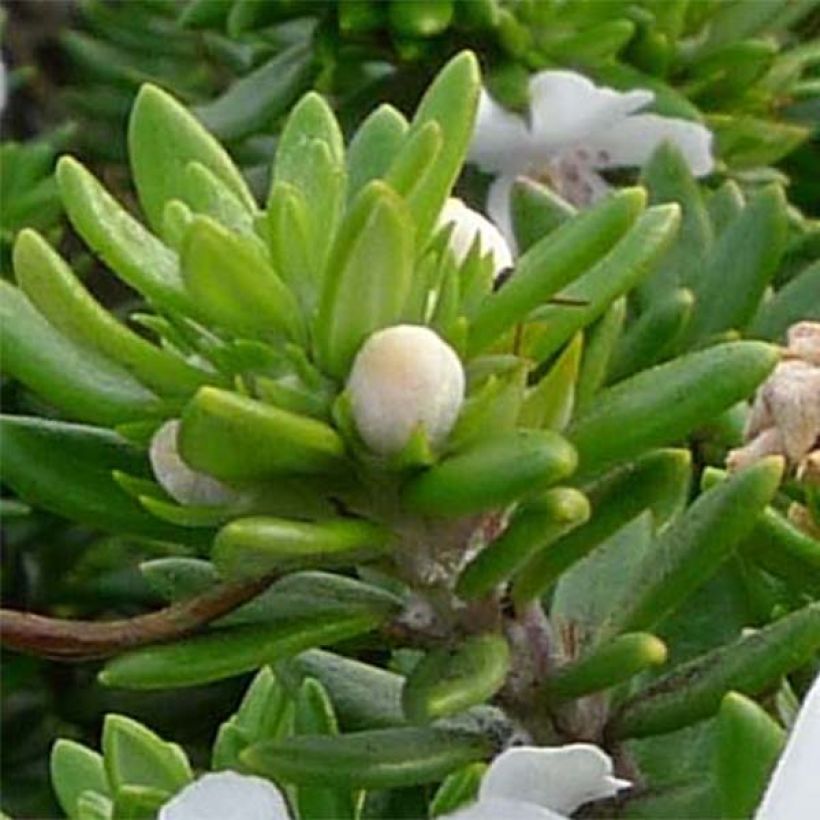

Plant habit
Flowering
Foliage
Botanical data
Westringia
fruticosa
Blanc
Lamiaceae
Coastal Rosemary, Australian Rosemary, Victorian Rosemary
Australia
Other Westringia Rosemary
View all →Planting and care
Westringia fruticosa White Rambler is preferably planted in spring after the last frost, in a very sunny position. It prefers a soil with an acidic to neutral pH that is sandy, loamy, poor and very well drained, but ultimately proves to be not very demanding in terms of soil, even tolerating the presence of limestone in the soil. In regions where the soil and subsoil are limestone, it is recommended to dig a large hole 60 cm (24 in) in all directions, which should be filled with heath soil or peaty compost and non-limestone sand. Growing it in a pot allows you to better control the nature of the substrate and to store the plant frost-free in a borderline hardiness zone (down to -5/-6 °C (23/21.2 °F) for a well established plant). Mediterranean potting soil is also well suited for container or open-ground cultivation.
Westringias are drought-tolerant plants once well established: monitor watering during the first 2 summers; this will become optional or even unnecessary thereafter. Like lavenders and rosemarys, these shrubs sometimes appreciate being forgotten rather than pampered. Regular but spaced-out watering in summer helps support flowering and maintain a more decorative appearance for this shrub. In open ground, they appreciate the presence of a thick layer of mulch and an application of flowering shrub fertiliser if the soil is very poor.
It tolerates pruning well and even quite hard pruning, which allows it to be shaped into a well-calibrated hedge. To maintain a dense habit, perform annual pruning in March or at the end of flowering.
Propagation:
By sowing seeds that can be collected; they retain their germination abilities for 3 years. Alternatively, by taking semi-woody cuttings, which succeed easily in September, but the cuttings must be protected from frost.
Planting period
Intended location
Care
Planting & care advice
-
, onOrder confirmed
Reply from on Promesse de fleurs
Similar products
Haven't found what you were looking for?
Hardiness is the lowest winter temperature a plant can endure without suffering serious damage or even dying. However, hardiness is affected by location (a sheltered area, such as a patio), protection (winter cover) and soil type (hardiness is improved by well-drained soil).

Photo Sharing Terms & Conditions
In order to encourage gardeners to interact and share their experiences, Promesse de fleurs offers various media enabling content to be uploaded onto its Site - in particular via the ‘Photo sharing’ module.
The User agrees to refrain from:
- Posting any content that is illegal, prejudicial, insulting, racist, inciteful to hatred, revisionist, contrary to public decency, that infringes on privacy or on the privacy rights of third parties, in particular the publicity rights of persons and goods, intellectual property rights, or the right to privacy.
- Submitting content on behalf of a third party;
- Impersonate the identity of a third party and/or publish any personal information about a third party;
In general, the User undertakes to refrain from any unethical behaviour.
All Content (in particular text, comments, files, images, photos, videos, creative works, etc.), which may be subject to property or intellectual property rights, image or other private rights, shall remain the property of the User, subject to the limited rights granted by the terms of the licence granted by Promesse de fleurs as stated below. Users are at liberty to publish or not to publish such Content on the Site, notably via the ‘Photo Sharing’ facility, and accept that this Content shall be made public and freely accessible, notably on the Internet.
Users further acknowledge, undertake to have ,and guarantee that they hold all necessary rights and permissions to publish such material on the Site, in particular with regard to the legislation in force pertaining to any privacy, property, intellectual property, image, or contractual rights, or rights of any other nature. By publishing such Content on the Site, Users acknowledge accepting full liability as publishers of the Content within the meaning of the law, and grant Promesse de fleurs, free of charge, an inclusive, worldwide licence for the said Content for the entire duration of its publication, including all reproduction, representation, up/downloading, displaying, performing, transmission, and storage rights.
Users also grant permission for their name to be linked to the Content and accept that this link may not always be made available.
By engaging in posting material, Users consent to their Content becoming automatically accessible on the Internet, in particular on other sites and/or blogs and/or web pages of the Promesse de fleurs site, including in particular social pages and the Promesse de fleurs catalogue.
Users may secure the removal of entrusted content free of charge by issuing a simple request via our contact form.
The flowering period indicated on our website applies to countries and regions located in USDA zone 8 (France, the United Kingdom, Ireland, the Netherlands, etc.)
It will vary according to where you live:
- In zones 9 to 10 (Italy, Spain, Greece, etc.), flowering will occur about 2 to 4 weeks earlier.
- In zones 6 to 7 (Germany, Poland, Slovenia, and lower mountainous regions), flowering will be delayed by 2 to 3 weeks.
- In zone 5 (Central Europe, Scandinavia), blooming will be delayed by 3 to 5 weeks.
In temperate climates, pruning of spring-flowering shrubs (forsythia, spireas, etc.) should be done just after flowering.
Pruning of summer-flowering shrubs (Indian Lilac, Perovskia, etc.) can be done in winter or spring.
In cold regions as well as with frost-sensitive plants, avoid pruning too early when severe frosts may still occur.
The planting period indicated on our website applies to countries and regions located in USDA zone 8 (France, United Kingdom, Ireland, Netherlands).
It will vary according to where you live:
- In Mediterranean zones (Marseille, Madrid, Milan, etc.), autumn and winter are the best planting periods.
- In continental zones (Strasbourg, Munich, Vienna, etc.), delay planting by 2 to 3 weeks in spring and bring it forward by 2 to 4 weeks in autumn.
- In mountainous regions (the Alps, Pyrenees, Carpathians, etc.), it is best to plant in late spring (May-June) or late summer (August-September).
The harvesting period indicated on our website applies to countries and regions in USDA zone 8 (France, England, Ireland, the Netherlands).
In colder areas (Scandinavia, Poland, Austria...) fruit and vegetable harvests are likely to be delayed by 3-4 weeks.
In warmer areas (Italy, Spain, Greece, etc.), harvesting will probably take place earlier, depending on weather conditions.
The sowing periods indicated on our website apply to countries and regions within USDA Zone 8 (France, UK, Ireland, Netherlands).
In colder areas (Scandinavia, Poland, Austria...), delay any outdoor sowing by 3-4 weeks, or sow under glass.
In warmer climes (Italy, Spain, Greece, etc.), bring outdoor sowing forward by a few weeks.






























